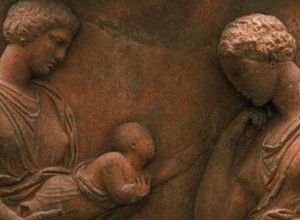ion id =attachment_83431 align =alignright width =340] Many ancient medical practices have survived in Western medicine for centuries. Fortunately, tearing out children with a hook was not a common activity later ... In the illustration, a fragment of an ancient relief. [/ Caption] Ancient authors




